very nice picture, I would love to know where you find these beautiful ant sp.
- Formiculture.com
- Forums
- Gallery
- Members
- Member Map
- Chat

very nice picture, I would love to know where you find these beautiful ant sp.
The deserts of the Southwest United States.
Wow these Colonies are doing very well! I hope they like the new setup ![]()
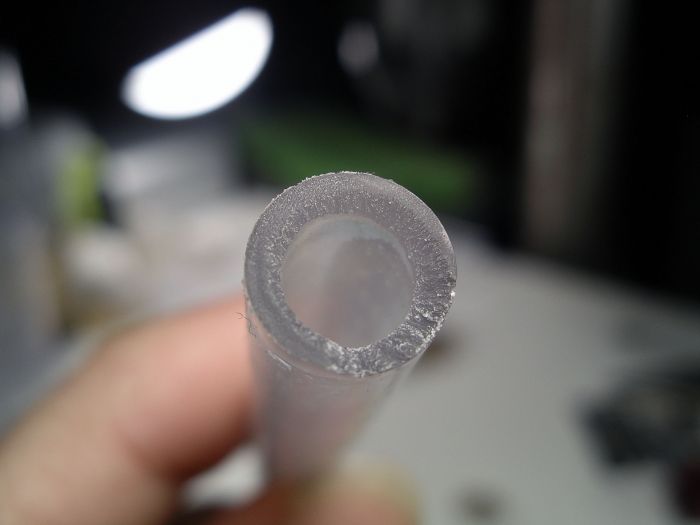
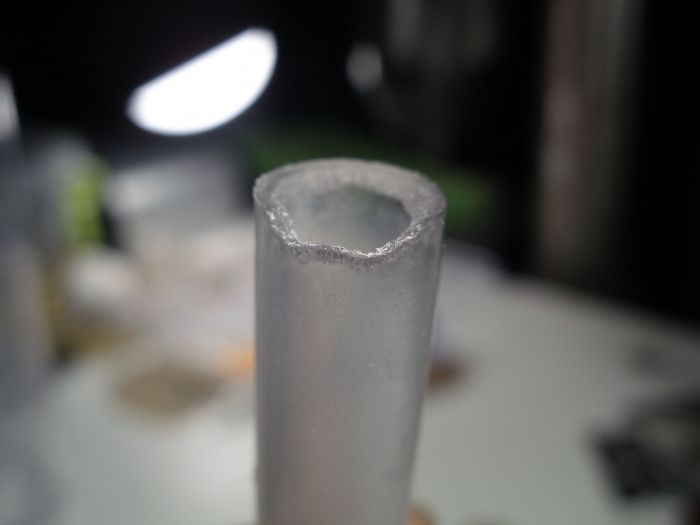
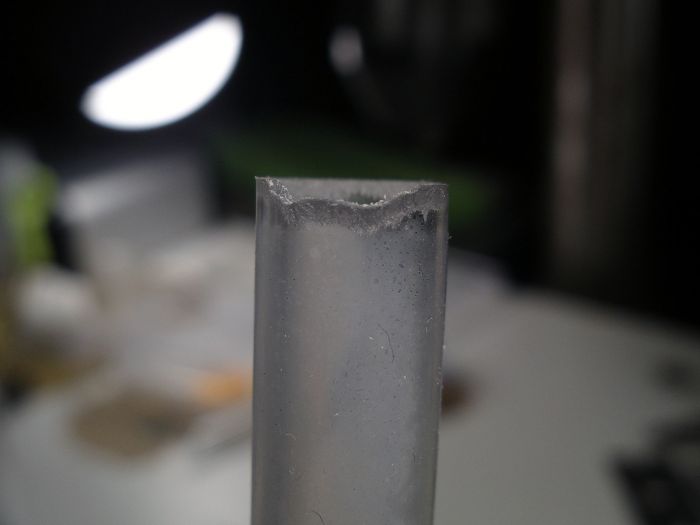
who knew they like vinyl so much
Current Colonies;
Acromyrmex Versicolor
Dorymyrmex Bicolor
Pogonomyrmex Californicus
Pogonomyrmex Rugosus
Pogonomyrmex Tenuispinus
Novomessor Cockerelli
Myrmecocystus Mexicanus
Last Update: 08 Jul 2016
They want their entrances and tunnels bigger is what they want. That's what I'm giving them in these new designs too.
Update 12-3-2015
About half of the twenty new queens I picked up this summer now have workers. Other than a few queens that died in the beginning, every queen I found seems to be doing great.
It seems like it takes about 2-3 years of experience with a specialist species before truly getting the hang of not having them all die so quickly.
Congrats on your continued success with these more challenging ants.
They want their entrances and tunnels bigger is what they want. That's what I'm giving them in these new designs too.
Funny, because I'm having the exact opposite problem, my ants all want tiny entrances.
Also, man I wish I could get some of those ants, but alas, not even native near me.
Update 12-6-2015
All but four of the twenty new queens have workers now. Some have up to five workers already.
that's awesome I want mine to start growing rapidly
Current Colonies;
Acromyrmex Versicolor
Dorymyrmex Bicolor
Pogonomyrmex Californicus
Pogonomyrmex Rugosus
Pogonomyrmex Tenuispinus
Novomessor Cockerelli
Myrmecocystus Mexicanus
Last Update: 08 Jul 2016
65q24g4g5f
Edited by Vendayn, March 9 2018 - 7:06 PM.
How many of the queens you found in 2015 still had their fungus pellet, if any? I'm curious how quick they drop it.
Camponotus vicinus, Crematogaster 1, Crematogaster 2, Formica francoeuri, *, *, Myrmecocystus testaceus, Novomessor cockerelli, Pheidole hyatti, Pogonomyrmex californicus, Pogonomyrmex rugosus, Solenopsis invicta
Also, when I get a colony in a few days. When I give them leaves/flowers and what not for their fungus, should I bake it like you did the roses in your earlier substrate picture? I know if I give them stuff from inside, I'll still wash everything to make sure its clean. But, I imagine you baked the rose petals for a reason. Does the flowers/roses still act as good "food" for the fungus even when baked?
I only baked it enough to dry it up and turn it slightly brown.
I baked it for three reasons: 1) I have only gotten them to accept dry substrate. Chromerust said his loved fresh rose petals, but none of mine ever did. 2) It kills pathogens and other pests. I even ended up with a bunch of strange little moths inside my container of already-baked-substrate once. Their little caterpillar larvae were actually eating the dried substrate, and spinning annoying silky cocoons inside it. 3) Dried substrate I can keep in a container unrefrigerated for as long as I want, and it never goes bad as long as it stays dry.
How many of the queens you found in 2015 still had their fungus pellet, if any? I'm curious how quick they drop it.
I have no idea. I didn't check to see.
65q24g4g5f
Edited by Vendayn, March 9 2018 - 7:06 PM.
The hardest part is getting a queen that starts a fungus garden, but I don't have to worry about that now, because I have plenty of the fungus.
BTW, this is where I got my rose petals.
http://www.amazon.co...duct/B0012LWWSE
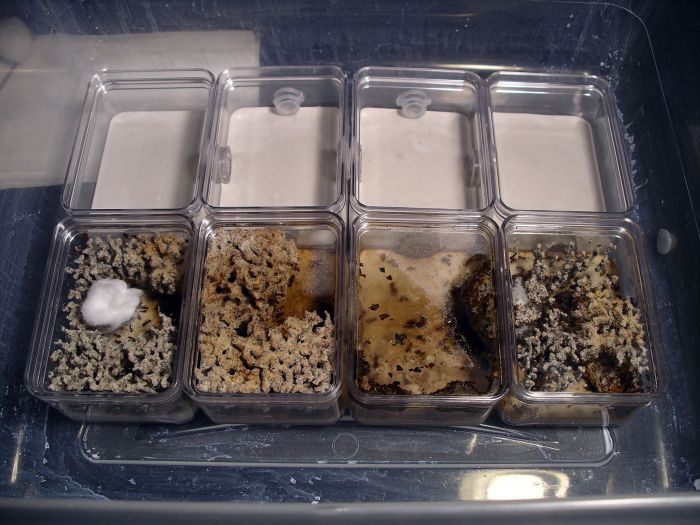
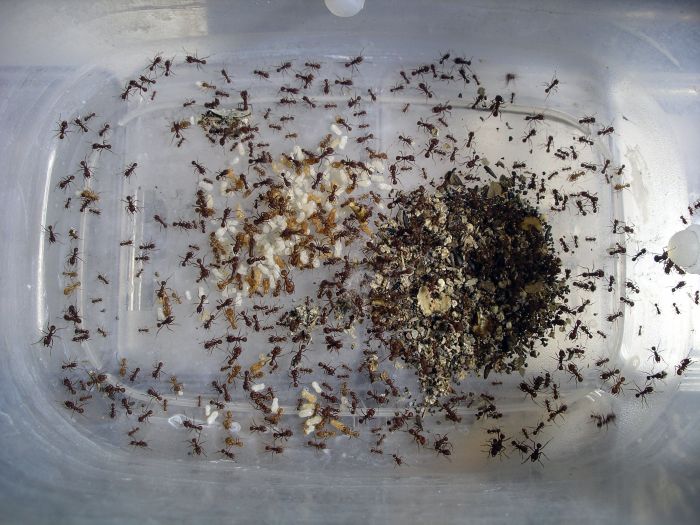
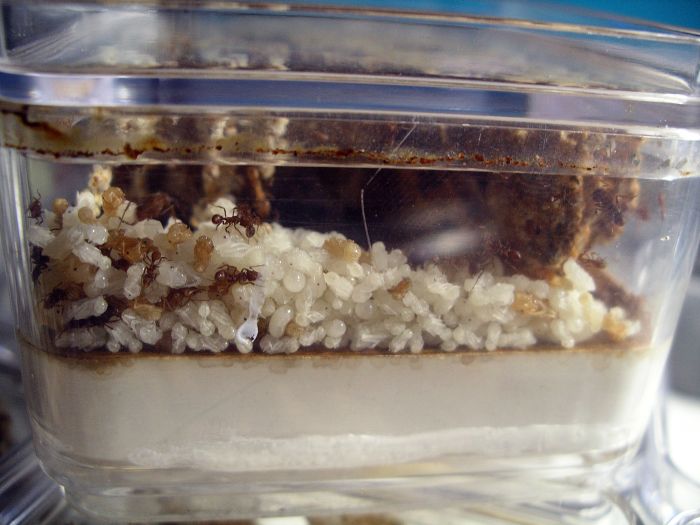
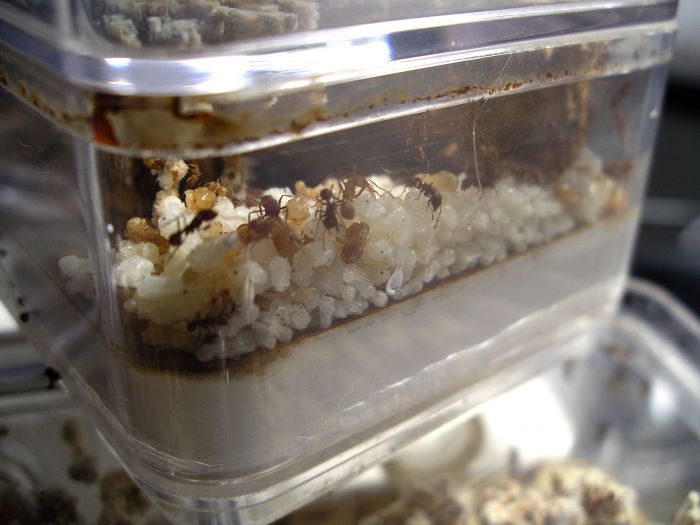
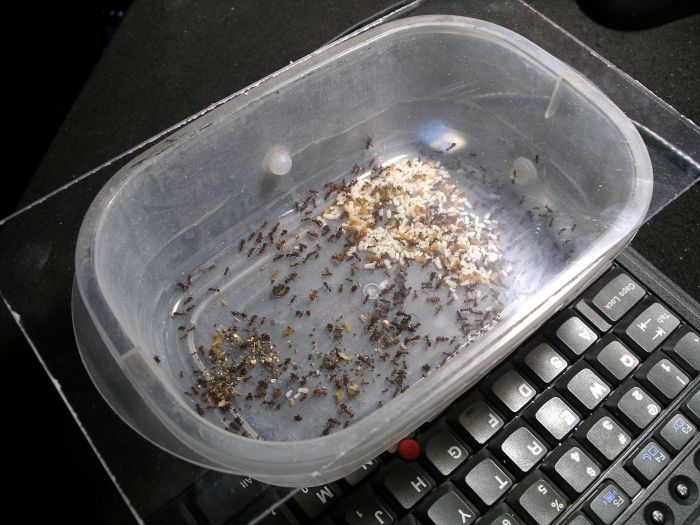
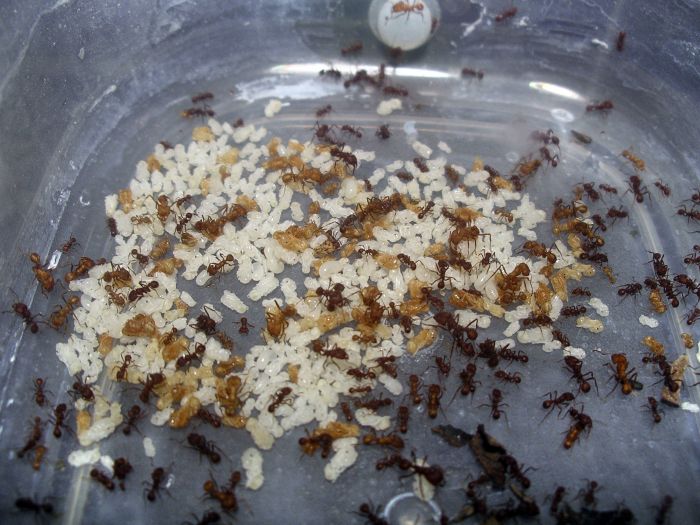
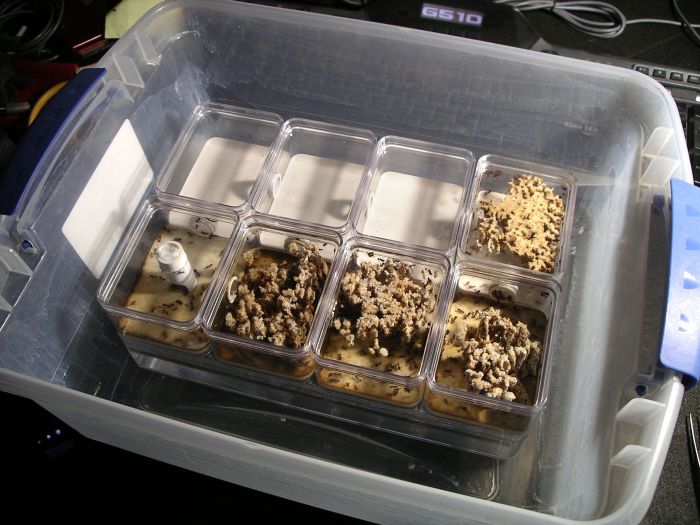
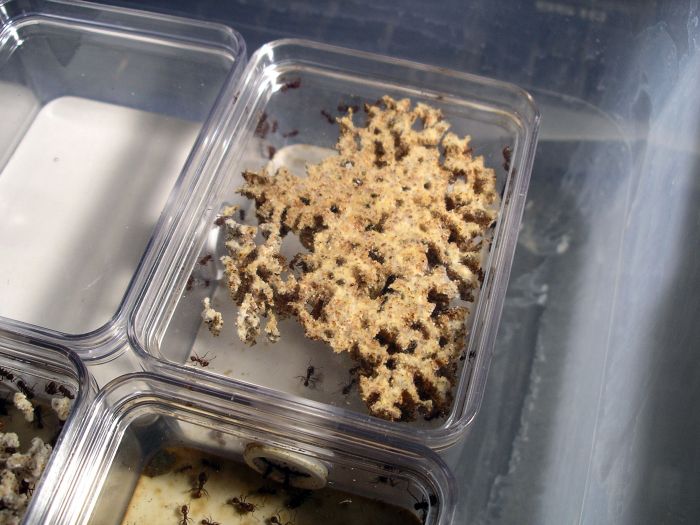
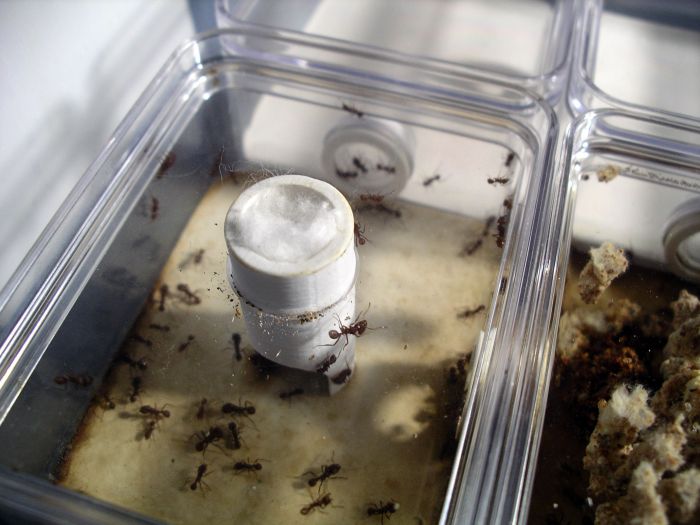
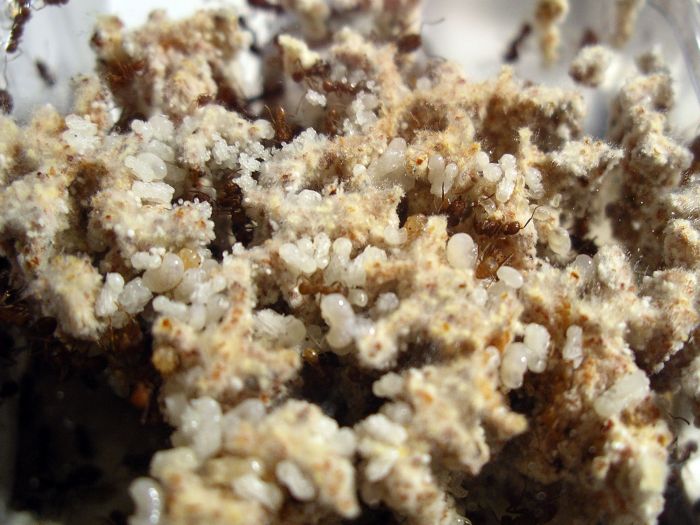
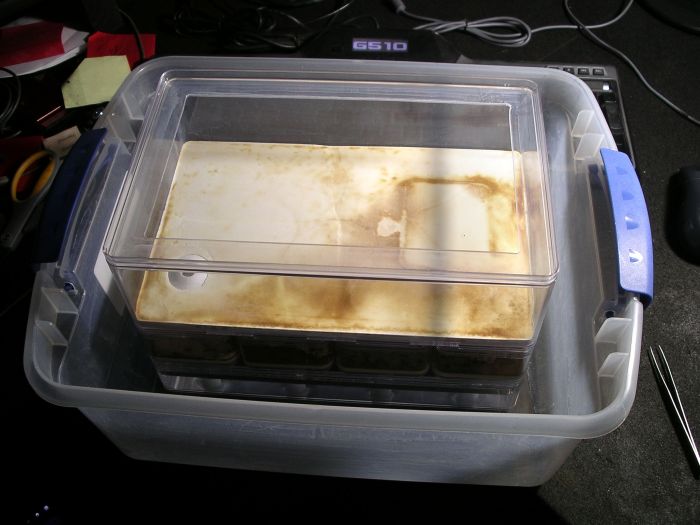
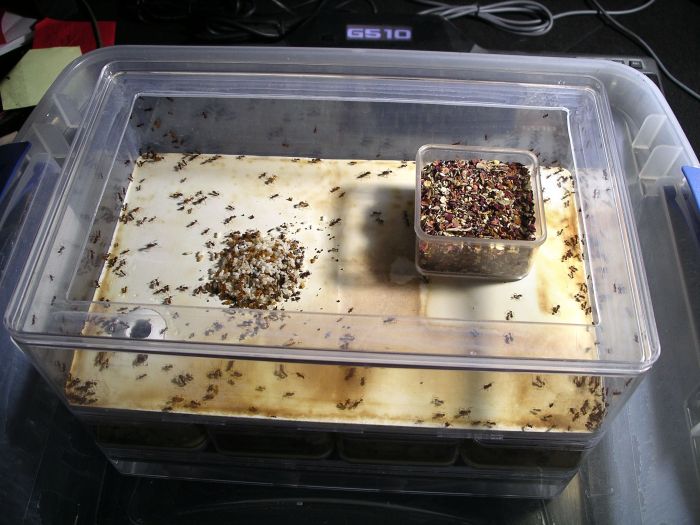
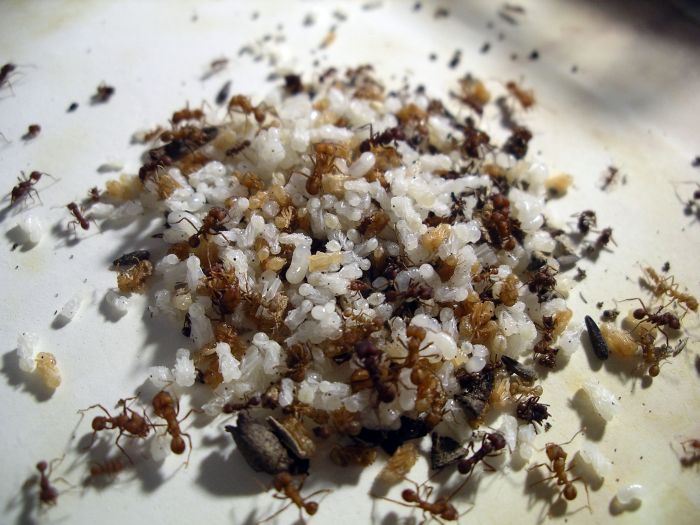
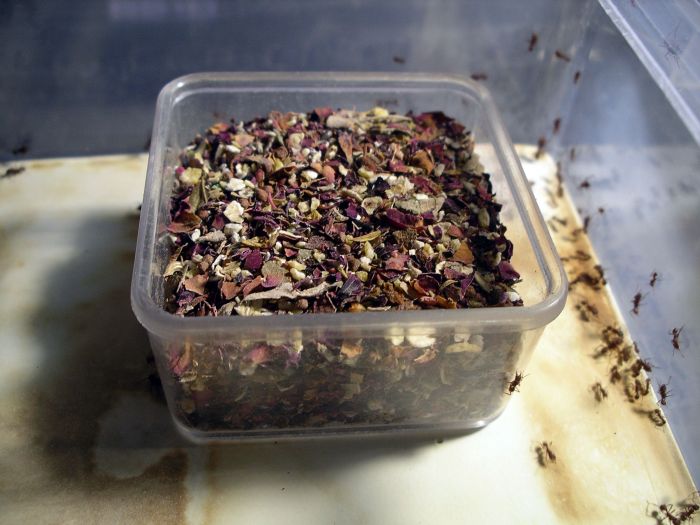
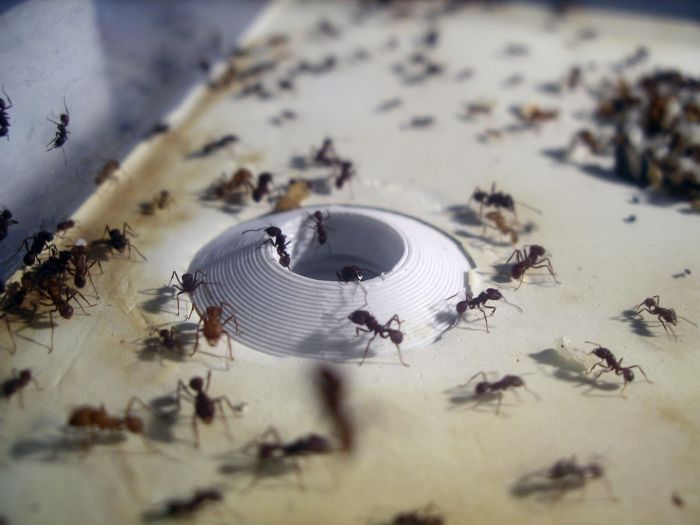
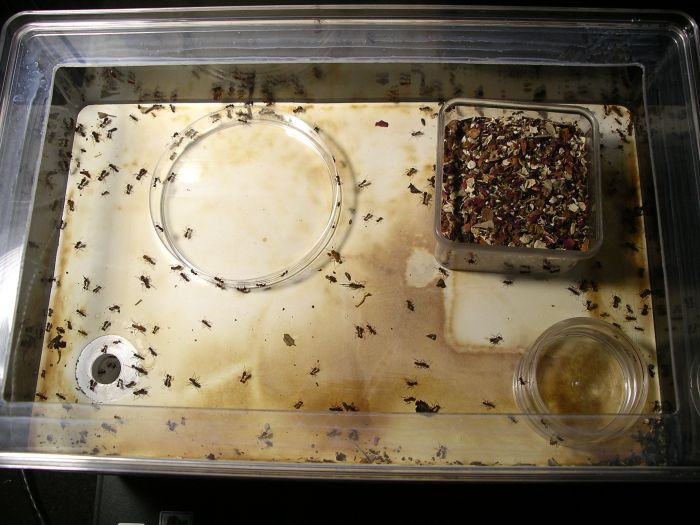
0 members, 4 guests, 0 anonymous users